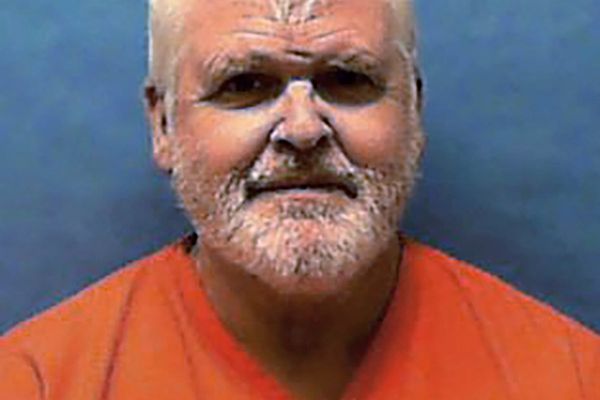The grave of a vagrant who changed the course of the Second World War could be exhumed to lay a 78-year mystery to rest.
Glyndwr Michael was a homeless man who died at the age of 34 after eating rat poison. His body was used in Operation Mincemeat, a plan that lured the German forces to Greece allowing the Allied invasion of Sicily.
Glyndwr’s body is believed to lie in a cemetery in Huelva, Spain, but for years rumours have circulated that the tomb is empty or contains the remains of another man.
Historian and writer Ben Macintyre believes Glyndwr’s corpse should be exhumed to lay the mystery to rest.
He said: “I would be delighted if the Spanish authorities agreed to an exhumation – not least because that would finally give Glyndwr Michael the full recognition he deserves.”
Glyndwr’s body, with the fake identification of Royal Marine “Maj William Martin” was pushed into the sea off the Spanish coast in 1943 chained to a briefcase containing documents suggesting the Allies planned to invade Greece and Sardinia.
German spymasters fell for the ruse and shifted reinforcements allowing the Allies to invade southern Europe through Sicily with few losses.
The extraordinary story of “Operation Mincemeat” will be retold this year in a film starring Colin Firth and Matthew Macfadyen.
Operation Mincemeat was designed to cover up the planned amphibious invasion of Sicily by the Allies and was approved by Winston Churchill and General Dwight D. Eisenhower. Glyndwr’s body was transported to the southern coast of Spain by submarine and left offshore.
It was recovered by local fishermen before the briefcase was passed to the Nazis by the Franco regime.
Decryption of German messages proved they had fallen for the deception and diverted troops from Sicily.
As a result, the island was liberated far more quickly than expected, paving the way for a full-scale invasion of southern Europe.
The epitaph on the Spanish tomb of “William Martin” now includes a postscript identifying Glyndwr.
But Spanish researchers claim to have evidence the body was not Glyndwr, but a British sailor who died in the sinking of HMS Dasher off Scotland in 1943.
They also believe the corpse may later have been removed so a post-mortem could be carried out by German doctors.
Antonio Fernández Jurado, whose father and grandad helped examine the body of “William Martin” in Spain, also support the exhumation.
Mr Jurado said: “I don’t believe that we have the full truth about the identity of William Martin.
“We are living in Spain at a time when we are reopening graves from the Civil War every day. Why can’t we open this one to clear up the matter?”
Interest in the tomb has been rekindled by the planned release of Operation Mincemeat in April.







